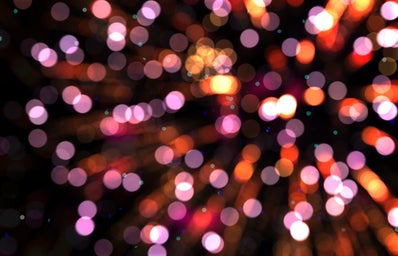On Saturday, January 22nd, or Sunday, January 23rd, one of Asia’s most important events, Lunar New Year, will be in full swing to welcome in the year of the Cat, for Vietnam, or the Rabbit, for East Asian countries.
Here are some traditions observed in China during this time:
While the practices vary, all traditions follow the idea of seeing off the old and welcoming the luck and wealth that will come in the new year. Typical activities include putting up red decorations and pictures of gods to ward off negative spirits, cleaning the house to purge any residual bad luck from the past year, and watching traditional dances, such as the lion and dragon dances, and/or firework shoes.
But you also have to celebrate the New Year with family, which is why the time around New Years is always a very busy travel period. Typically, Chinese families will gather together on New Years’ Eve to have a reunion dinner, sort of like the American Thanksgiving, but with traditional Chinese food that signify wealth, luck, or longevity, such as dumplings, fish, spring rolls, tangyuan, and more. Additionally, as well as famously, families will exchange red envelopes containing money, which are called “ya sui qian” (压岁钱).
Here are some traditions observed in Vietnam during this time:
Similarly to China, Vietnamese families get together for the New Year, prepare their houses by cooking special food, visit temples, and give money to their children. Also similarly to China, Tet symbolizes a fresh start, a new year to sweep away any bad luck from the prior year. For the Vietnamese, this also means cleaning, decorating the house with plants, such as a kumquat tree, Hoa Mai tree, or a peach blossom tree, and avoiding cutting their hair and fingernails so as not to remove the good luck of the new year. Furthermore, this means that the first person to enter the house will bring the good luck, and so special or successful people are invited and given the honor to enter first.
For food, common foods to eat include packed sticky rice (bánh tét and bánh chưng), roasted watermelon seeds (hạt dưa), mứt (special candies), and meat stewed in coconut juice (thịt kho), among others. For festivities, people enjoy playing competitions to present their knowledge, strength, and athleticism, watching dragon dances and firework shows, and attending the flower festivals. Vietnam is said to be incredibly beautiful during Tet, with traditional lanterns lining the streets and blossoms everywhere.
With such a large Asian population, especially in the International District, UW students can look for all kinds of festivities to take part in. Such as the Lunar New Year Seattle Night Market in Fremont, performances at the Bellevue collection, and candlelight concerts at the Seattle Center.


